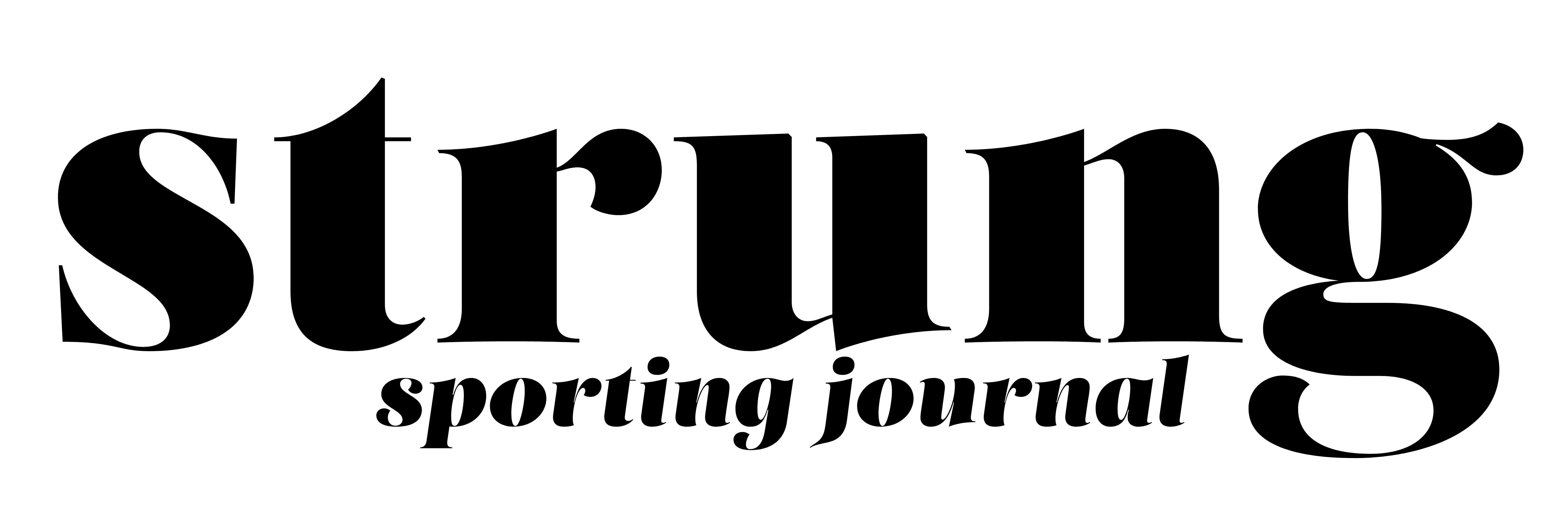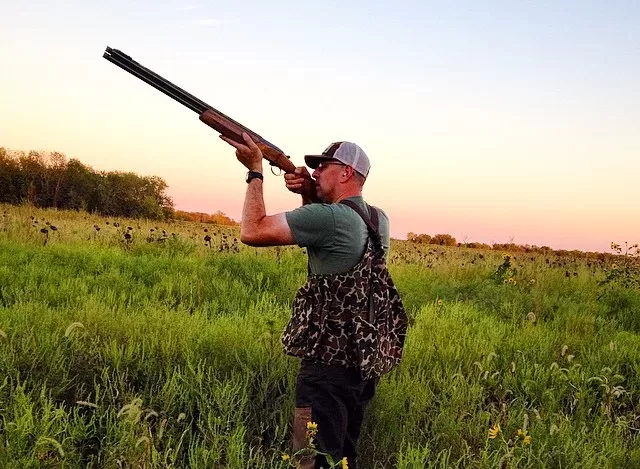Outside-the-Box Dove Hunting Tactics to Get More Birds As the Season Progresses
By Edgar Castillo
Changing Methods after Opening Day
One warm day in late September, beads of sweat were pouring down my face like small streams winding down a mountainside. A widening stain on the back of my green tee shirt was growing rapidly. I had been standing underneath a small group of trees trying to find some shade. A light breeze stirred the air, but not enough to provide any comfort or dry my perspiration. The action was slow for a mid-morning dove hunt. I was already into the third week of dove season. Most dove hunters had vanished from the fields to which they flock in droves on opening day when the action is hot. As the days pass and doves grow educated, those fields slowly empty of hunters convinced that dove activity dies within the first two weeks.
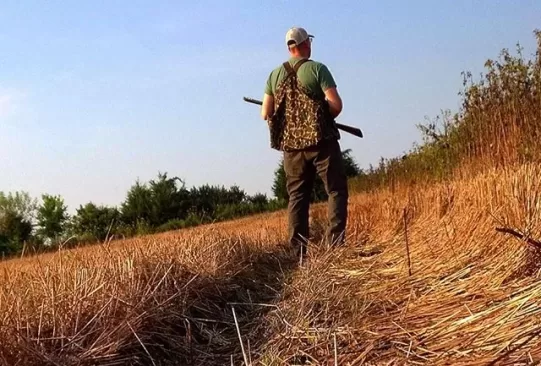
I could see doves flying around the cut sunflower field, trying to figure out the best place to land to start gorging on seeds. As I stood there watching the speedy little flyers I asked myself, “Why am I standing here?” There were no other hunters around to help keep the doves moving. During the first few days of the season, hunters positioned around the outskirts of fields receive assistance from other hunters “pushing” doves around to avoid getting hit with a string of pellets and ending up wrapped in bacon on a grill. Dove hunters help keep the doves moving. Keeping birds flying is the key.
I thought that I could implement the same concept and move the doves around…and do it alone. I gathered some extra shells, dropped them into my vest, took a long, cold drink from my water bottle, and set out to walk up some doves.
Flushing Doves by Walking Them Up
It felt good to get out from under the trees and walk. My leather boots took to the cut rows of corn as they would during pheasant season, but this time it was for doves. I had traveled less than twenty yards when the ground exploded with that familiar whistling sound that dove wings make when they’re catching wind trying to gain elevation. I began lifting my shotgun in one fluid motion into position to fire. As with a covey of quail, I picked one bird, swung just past it, and pulled the trigger. What seemed like a puff of grey smoke was actually feathers gently catching the wind as they fell to the ground. I walked over to where I had marked the dove, picked it up, and smiled. I had been standing in my previous location for at least 45 minutes watching doves sail through the air out of range with no opportunity for me to shoot. I had changed the game, just by walking.
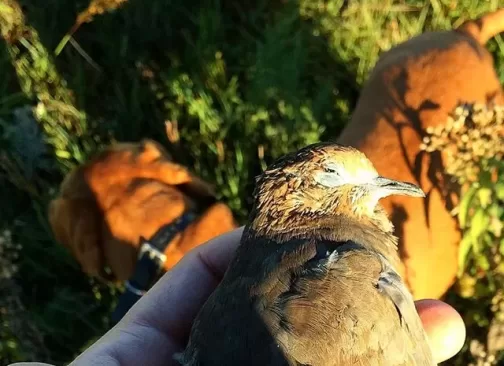
What I had failed to notice or even consider were that the doves were flying in undetected. These doves covertly sneaked in from the edge of the field and were probably feeding there for a while until I flushed them.
What had I missed? I think most dove hunters are too committed to the traditional style of dove hunting by standing in a field and waiting for doves to fly in. Of course decoys may be set up and positioning yourself in a prime location is paramount, but you’re still going to have to wait until the doves come to you. This is why I say that walking up doves can be just as effective as standing in a field and pass shooting.
This proactive approach has been highly effective for me the last couple of years. I often see dove hunters stop at the edge of a field, pause to ascertain where others are positioned, and start searching for that perfect spot for fast flying doves. Fast forward an hour or two and that same hunter may be walking out of the field shaking his head with disappointment. When I ask, “How’d you do?” he may reply, “Didn’t see any doves. Guess they’re not flying.” If he asks me the same question and I tell him I have a vest full of doves, he’ll likely ask how I did it. I simply respond, “I walked.” Hunters reluctant to leave their chosen spot waiting for doves to fly by when there is no action are missing out great opportunities.
The idea is pretty basic. Walk, along field edges or rows of grain, corn, beans, or sunflowers. Trek across a field until you come across feeding or roosting doves that take to the air as you arrive. If you think only a covey of bobs or Huns can provide excitement when they burst into the air, you haven’t given yourself an opportunity to enjoy the same experience with doves. Be ready, because the action doesn’t stop there. Your shot may cause other feeding doves to burst from the ground or nearby roosting birds to take flight offering multiple shot opportunities.
Bird Dogs and Doves
Don’t forget your dog. Yes, dog. Some dogs are able to point foraging doves on the ground. Bird dogs also help find downed birds. Dove season is a perfect time to get young dogs steady to wing and shot, gunfire, and retrieving. Hunting doves by walking them up offers good field work and practice for dogs prior to the regular upland season and helps them get into shape. Use this time to help prepare both pointing and retrieving dogs. Hunters should take precautions as temperatures can get warm or downright hot, making dogs fall victim to heat related illnesses. Carry enough water for you and your dog. Walking up doves allows for brief pauses in the action and to take solace in shade after walking rows of grain.
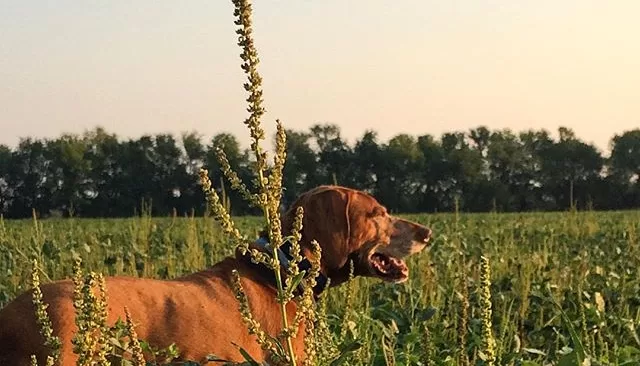
Doves frequently humble us by suddenly changing directions in midair just as we are about to pull the trigger. The same goes when they rise from the ground. Doves feeding in medium to heavy cover may hold tight and flush within shotgun range. At other times, they can be as skittish as those wily roosters we are accustomed to chasing later.
Don’t Just Sit There. Walk Up Doves and Work With Other Hunters.
Walking doesn’t have to be confined to flushing doves from rows of grain. It can mean walking them up along tree lines or from roosting areas or gravel sources. Doves will travel along rows of trees and field edges as well as across the middle of fields while using natural and manmade openings to fly between feeding fields and roosting areas. Hunters can improve their chances by mimicking doves and staying mobile. Follow the birds.
While a solo hunter can walk birds up effectively, sometimes working with other hunters helps keep the birds moving, offering opportunities for all to shoot. Post hunters in key spots around the field. Those walking should push some doves to them, offering the more traditional style of pass shooting. After walking up doves, hunters should return to their posts and wait. Give the doves a bit of time to regroup, regain their confidence, and fly back into the field. Most doves will take refuge in surrounding trees until they feel it’s safe to return to the field to feed. After a brief wait, hunters can start the process again.
The best thing about this tactic is that you don’t have to know the other hunters. If dove activity starts getting slow, approach other hunters and suggest this method. Alternate turns posting and walking.
Walking up and flushing doves is not an exact science. However, this unorthodox approach is a great way to hunt those grey rockets when you find yourself alone in a field or when only a few other hunters are present. I’m not saying you shouldn’t bring your bucket and decoys. Just know that if birds stop flying, it doesn’t necessarily mean there are no doves. Don’t just sit there! Step out of your comfort zone and walk up some doves.
Edgar Castillo is a retired law enforcement officer for a large Kansas City metropolitan agency, where he worked 26 years. He also served in the United States Marine Corps for more than a decade. Edgar’s passion lies in the uplands, where he documents his travels across the country or wherever the dirt roads take him, hunting open fields, walking treelines, and bustin’ through plum thickets in a never-ending search for wild birds in wild places. Follow his adventures on Instagram: @hunt_birdz
